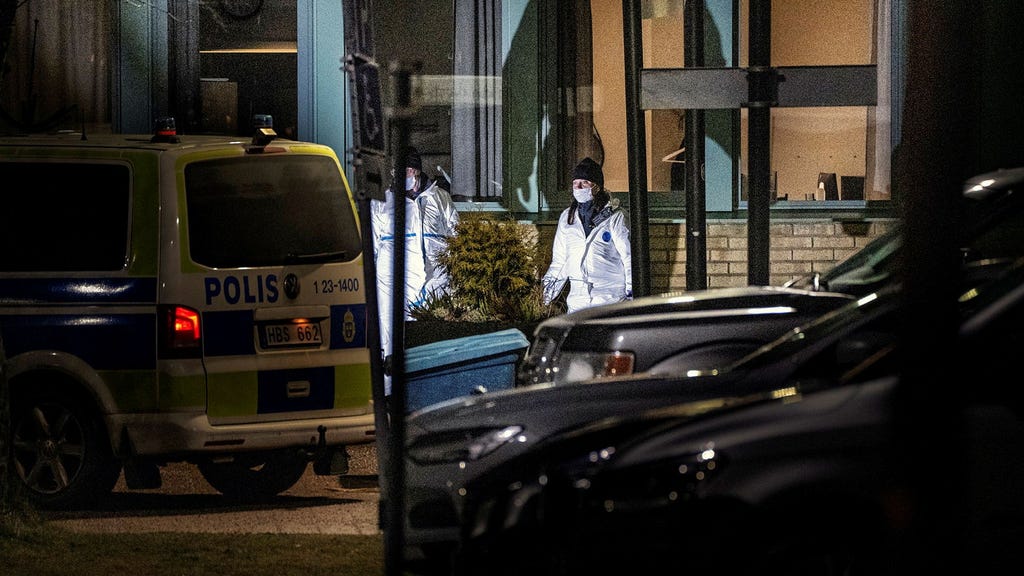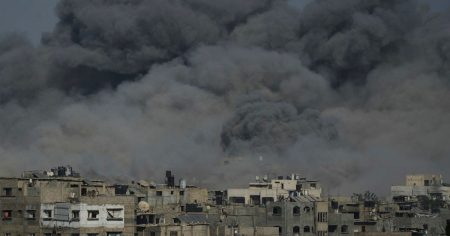The phenomenon of copycat mass killings has become a chillingly familiar pattern in recent decades, with perpetrators often drawing inspiration, methods, and even rhetoric from previous attacks. The case of Anton Lundin Pettersson, who murdered three people at a school in Trollhättan, Sweden, in 2015, exemplifies this disturbing trend. Pettersson had immersed himself in the details of past massacres, studying the actions of terrorists like Anders Behring Breivik and mass murderers like the Columbine High School shooters and Elliot Rodger. This morbid fascination extended to acquiring images of Breivik and emulating the Columbine perpetrators’ attire and equipment. This act of violence, fueled by racial hatred, would, in turn, become a source of inspiration for Brenton Tarrant, the perpetrator of the Christchurch mosque shootings in 2019, who even inscribed Pettersson’s name on one of his weapons. This chilling chain of influence underscores the contagious nature of extremist violence and the power of notoriety.
The ripple effect of these horrific acts continued to spread, impacting even seemingly isolated incidents. In 2021 and 2022, three separate school attacks occurred in the southern Swedish region of Skåne. In each case, the perpetrators exhibited a similar pattern of studying and referencing prior attacks. The 15-year-old who stabbed a teacher in Eslöv left behind writings praising Breivik, Pettersson, and Tarrant. Likewise, the perpetrators of attacks in Kristianstad and Malmö Latinskola made similar references, highlighting the insidious influence of these figures within certain online communities. This pattern of emulation extended beyond ideological inspiration to the practical aspects of the attacks, including weapon choice, the use of live-streaming, and the playing of music during the act. Even the rhetoric used in manifestos and farewell notes often echoes previous examples, creating a disturbing sense of familiarity and predictability in these otherwise unpredictable acts of violence.
Research published in the Journal of Criminal Justice confirms the long-lasting impact of high-profile mass shootings, indicating an average of eight years between an original attack and a subsequent copycat event. This underscores the enduring power of these events to inspire and motivate future acts of violence, highlighting the need for responsible media coverage and proactive strategies to counter the spread of extremist ideologies. The research further accentuates the importance of understanding the complex psychological and social factors that contribute to copycat behavior, as well as the need for effective interventions to prevent future tragedies.
Maiju Kannisto, a cultural studies expert at Åbo University, has studied media coverage of school shootings in Finland and the United States, concluding that the reporting should avoid focusing excessively on the perpetrator and their narrative. Instead, the emphasis should be on the victims, the investigative process, and the broader societal implications of these events. Kannisto cautions against amplifying the perpetrator’s message and disseminating their images, particularly those depicting them in action or wearing uniforms and carrying weapons. This approach recognizes the potential for such coverage to inadvertently glorify the perpetrators and inspire further acts of violence. The Columbine High School massacre in 1999 provides a stark example of how media attention can inadvertently create a perverse form of celebrity for perpetrators, leading to a wave of copycat attacks.
The aftermath of Columbine led to a shift in media practices, with news outlets becoming more cautious about focusing on the perpetrators. A particularly powerful example of this shift is the response of New Zealand Prime Minister Jacinda Ardern to the Christchurch mosque shootings in 2019. Ardern’s steadfast refusal to utter the perpetrator’s name sent a strong message, demonstrating a commitment to denying the attacker the notoriety they sought. Kannisto advocates for a similar approach, emphasizing the importance of not disseminating the perpetrator’s manifesto or other materials verbatim. While acknowledging the potential value of referencing these materials for context and understanding, she stresses the need to avoid providing them undue prominence, thus denying the perpetrator the attention they crave.
The challenge of responsible reporting is further complicated by the perpetrators’ increasing use of social media to disseminate their manifestos and other materials prior to their attacks. This direct access to a global audience bypasses traditional media channels and raises complex questions about censorship and freedom of speech. Despite this challenge, Kannisto maintains that traditional media outlets still have a crucial role to play in shaping public perception and discourse. By refusing to sensationalize the perpetrators and their actions, and by focusing instead on the victims and the broader community, the media can help to counter the glorification of violence and promote a more compassionate and informed response to these tragedies. Ultimately, responsible reporting requires a delicate balance between informing the public and minimizing the risk of further harm.














